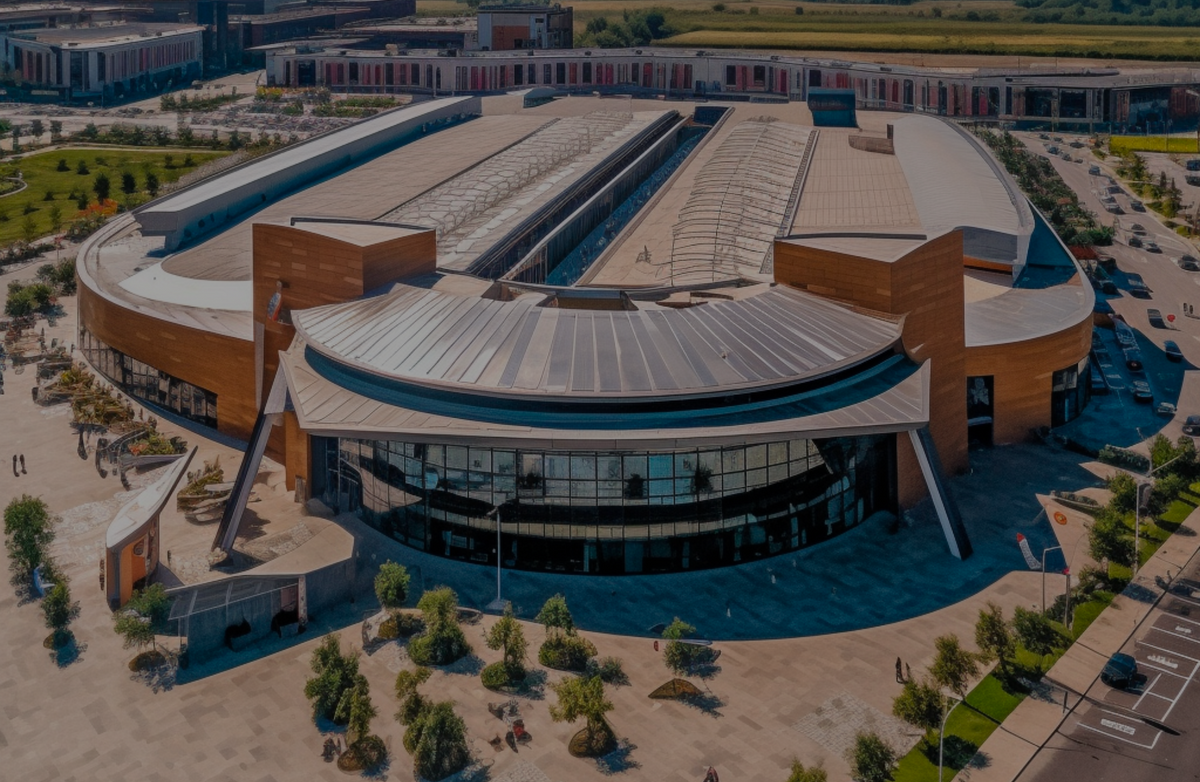Transforming Stadiums into Multi-Use Venues

Stadiums have evolved from being single-purpose venues to multi-use destinations that cater to diverse audiences. This transformation has been driven by advancements in technology, sustainability, and the need to optimize venue operations, crowd management, and security.
👀 Key Takeaways
- Stadiums are becoming multi-purpose venues to maximize utility and revenue generation[8].
- Sustainable infrastructure integration is becoming a priority in stadium design[8].
- Modern stadiums are incorporating advanced technology to enhance the fan experience[14].
- Stadiums are increasingly becoming part of larger mixed-use real estate developments[5].
- The future of stadiums involves a fusion of architectural innovation, technology, and sustainability[8].
🔍 Market Trends
- Rapid advancements in IoT, data analytics, cloud computing, and mobile applications are driving the growth of the smart stadium market[13].
- Stadiums are integrating green spaces, public transportation hubs, and cycling infrastructure to contribute to the overall sustainability and livability of cities[8].
- The demand for medium-capacity stadiums (5,000 to 20,000 seats) represents 80% of the global market for this type of infrastructure[9].
- The trend of sports arenas is moving away from single-use, game-day venues towards entertainment districts[4].
- Stadiums are increasingly adopting a fan-centric approach, focusing on improving guest services and incorporating technology and sustainable design[9].
🏆 Top Businesses
- Tottenham Hotspur Stadium: A multi-purpose stadium in London, designed to host both soccer and NFL games, with a retractable pitch and advanced technology[2]. Tottenham Hotspur Stadium
- Banc of California Stadium: Home to the Los Angeles Football Club, this stadium incorporates AI for strategic space utilization decisions and offers a cutting-edge fan experience[1]. Banc of California Stadium
- Allianz Field: A soccer-specific stadium in Minnesota, designed with sustainability and fan experience in mind[2]. Allianz Field
🧩 What If Scenarios
- What if stadiums could transform their seating configurations and retractable pitches in real-time to accommodate different types of events seamlessly?
- What if stadiums could generate all their energy needs through renewable sources, making them completely self-sufficient and environmentally friendly?
- What if stadiums could leverage advanced analytics and AI to predict and manage crowd behavior, ensuring a safe and enjoyable experience for all attendees?
💡 Idea Generation
- Develop modular stadium designs that allow for easy reconfiguration to accommodate various events and sports.
- Integrate smart technology and IoT devices to create a seamless, personalized fan experience.
- Collaborate with local businesses and communities to create vibrant entertainment districts around stadiums.
- Implement advanced security measures, such as facial recognition and AI-driven crowd management systems, to ensure safety and security.
- Design stadiums with a focus on sustainability, incorporating green spaces, renewable energy sources, and efficient waste management systems.
🔮 Future Impact
- Stadiums will become hubs of entertainment, contributing to the economic growth of surrounding areas[8].
- The integration of advanced technology will continue to enhance the fan experience, both inside and outside the stadium[14].
- Sustainable design and infrastructure will play a crucial role in the development of future stadiums[8].
- The trend towards multi-use venues will lead to more efficient resource utilization and cost savings for stadium management[1].
As stadiums continue to transform into multi-use venues, they will not only revolutionize the fan experience but also contribute to the economic growth and sustainability of the cities they inhabit. Embracing this change will ensure that stadiums remain relevant and vibrant destinations for years to come.





